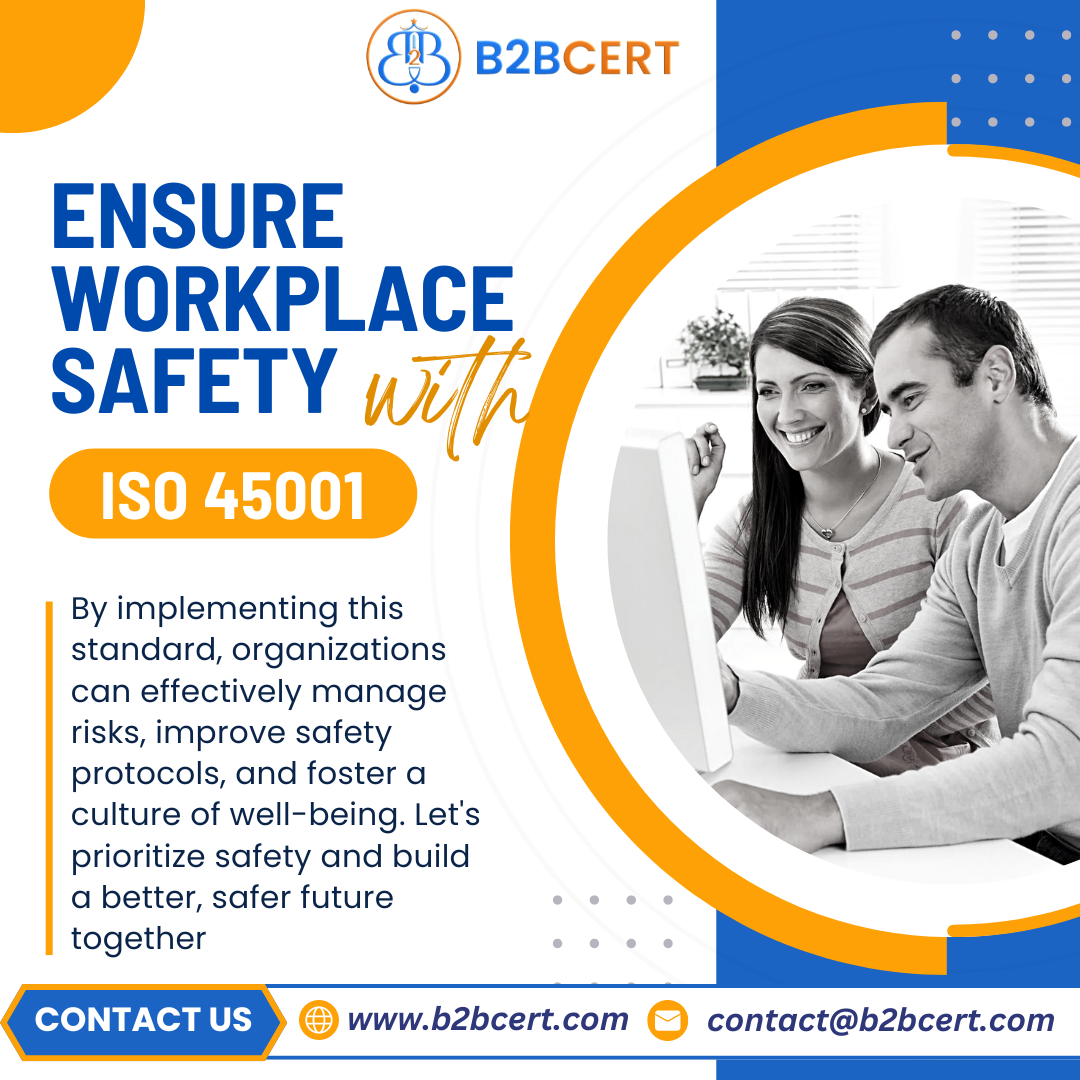Occupational Health and Safety (OH&S) management is not just about policies, rules, and compliance. It is fundamentally about people—the workers who are directly affected by workplace risks and who play a vital role in creating a safe environment. ISO 45001, the international standard for OH&S management systems, emphasizes “worker participation” as a core principle. This requirement ensures that employees are actively engaged in health and safety matters, rather than being passive recipients of management decisions.
For organizations aiming to achieve ISO 45001 Certification in Dubai, understanding worker participation is essential. It not only contributes to compliance with the standard but also improves safety culture, productivity, and overall employee morale. Let us explore what “worker participation” means within the framework of ISO 45001 and why it is so significant.
Understanding Worker Participation in ISO 45001
Worker participation, as defined by ISO 45001, refers to the active involvement of employees at all levels in the development, planning, implementation, evaluation, and continual improvement of the OH&S management system. It ensures that employees have a voice in matters that affect their safety, health, and wellbeing at work.
The philosophy behind this requirement is simple: those closest to the risks—workers—are often best placed to identify hazards, propose practical controls, and provide feedback on the effectiveness of safety measures. Management systems built without worker input can overlook key issues, resulting in inefficiencies or unsafe practices.
Key Elements of Worker Participation
-
Consultation and Communication
Workers must be consulted when policies, objectives, and procedures are created or updated. Effective communication channels should be established to ensure information about risks, incidents, and safety measures flows both ways—between management and workers. -
Involvement in Risk Assessment
Employees should actively participate in hazard identification, risk assessment, and determination of control measures. Their firsthand experience of workplace conditions makes their input invaluable. -
Decision-Making Participation
Workers must have opportunities to contribute to decisions regarding health and safety, such as selecting protective equipment, developing emergency plans, or shaping training programs. -
Reporting and Feedback Mechanisms
Organizations should create a non-punitive culture where employees feel safe to report hazards, near misses, or unsafe practices without fear of retaliation. This fosters transparency and proactive risk management. -
Engagement in Incident Investigation
Workers should be involved in analyzing workplace incidents to identify root causes and prevent recurrence. Their insights help create practical, long-lasting solutions.
Why Worker Participation Matters
1. Enhanced Safety Performance
When workers are engaged, they are more likely to adhere to safety protocols, report hazards promptly, and contribute to reducing workplace incidents.
2. Stronger Safety Culture
Active participation creates a culture of ownership and accountability, where safety is seen as a shared responsibility rather than a top-down mandate.
3. Better Decision-Making
Including workers in safety decisions ensures that measures are realistic, effective, and accepted by the workforce.
4. Improved Morale and Trust
Employees who feel their voices are heard develop greater trust in management, which leads to improved motivation and job satisfaction.
5. Compliance with ISO 45001 Requirements
Worker participation is not optional—it is a mandatory component of ISO 45001. Organizations seeking ISO 45001 Certification in Dubai must demonstrate evidence of employee involvement across their OH&S system.
Role of Management in Facilitating Worker Participation
For worker participation to succeed, leadership must create an environment that encourages openness and respect. Some strategies include:
-
Establishing joint health and safety committees.
-
Encouraging two-way communication through surveys, suggestion schemes, or regular safety meetings.
-
Providing training that empowers employees to contribute effectively.
-
Recognizing and rewarding proactive safety behavior.
By fostering trust and collaboration, management ensures that worker participation becomes an integral part of organizational culture.
Benefits of Worker Participation for ISO 45001 Certification in Dubai
Organizations in Dubai seeking ISO 45001 Services in Dubai will find that worker participation delivers multiple benefits:
-
Stronger compliance: Demonstrates conformity to international standards during audits.
-
Reduced incidents: Proactive risk management lowers the likelihood of accidents.
-
Reputation enhancement: Builds credibility with clients, stakeholders, and regulatory bodies.
-
Operational efficiency: Engaged workers help streamline processes by identifying practical improvements.
With the support of expert ISO 45001 Consultants in Dubai, companies can establish structured participation mechanisms, ensuring workers are fully involved in the OH&S management system and certification process.
Conclusion
Worker participation is at the heart of ISO 45001. It moves beyond compliance to create a collaborative, proactive approach to occupational health and safety. By involving employees in identifying risks, shaping decisions, and driving continuous improvement, organizations not only meet the requirements of the standard but also foster a culture of trust, accountability, and resilience.
For businesses looking to achieve ISO 45001 Certification in Dubai, embracing worker participation is not just a requirement—it is a strategic advantage. With the right ISO 45001 Services in Dubai and guidance from skilled ISO 45001 Consultants in Dubai, companies can build safer workplaces where both people and organizations thrive.

